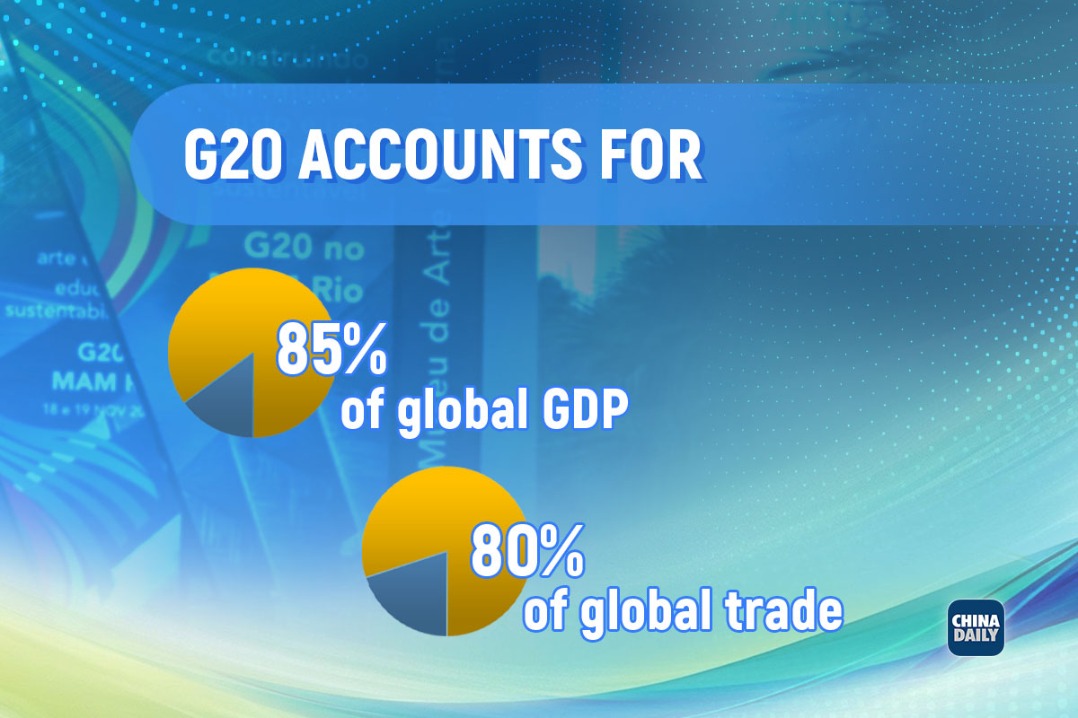Lancang-Mekong agro cooperation yields fruitful results
By QIU QUANLIN in Guangzhou | China Daily | Updated: 2024-05-14 09:40

Upon their arrival at Nansha Port in Guangzhou, capital of Guangdong province, in mid-April, the first batch of 195 metric tons of durians from Thailand in 2024 was quickly transported to various local large wholesale fruit markets.
Under the Lancang-Mekong agricultural cooperation platform, durians and other fruits such as dragon fruit, bananas and mangos will be shipped to Guangdong, said Luo Yixin, a second-level inspector at the Guangdong Provincial Department of Agriculture and Rural Affairs.
"Lancang-Mekong has built up a large market for characteristic agricultural products amid agricultural cooperation, an important part of the Lancang-Mekong Cooperation Mechanism, and has effectively promoted economic development of rural industries and increased incomes of farmers in these areas," said Luo.
The Lancang-Mekong Cooperation Mechanism has yielded fruitful results, especially in the agricultural sector, since it was established in 2016, said Guo Libin, Party chief of the Foreign Economic Cooperation Center at the Ministry of Agriculture and Rural Affairs.
The Mekong River, known as the Lancang River in China, is a vital waterway that also stretches across Laos, Myanmar, Thailand, Cambodia and Vietnam. The six countries are often referred to as Lancang-Mekong countries.
China's total fruit imports amounted to $18.34 billion in 2023, of which $10.68 billion were shipped from countries along the Mekong River, accounting for nearly 60 percent of the total, said Guo.
Since the Regional Comprehensive Economic Partnership (RCEP) agreement officially came into effect, China's economic and trade cooperation with Mekong River countries has been steadily deepening, and the trade of agricultural products, fruits and vegetables has been continuously developing, Guo added.
"Especially after the opening of the China-Laos Railway, fruits of countries along the Mekong River are able to enter China quicker, providing a broader platform for bilateral agricultural cooperation," said Guo.
Guo made the remarks during the Lancang-Mekong Fruit Industry Development Workshop, which was held on Friday in Nansha district, Guangzhou.
At the event, bananas from Cambodia, durians and mangosteens from Thailand and Vietnam, together with blueberries, guava, pineapples and other fruits from China were displayed for domestic and overseas visitors.
Through the agricultural cooperation between Lancang-Mekong countries, China's typical fruits such as jujubes, persimmons, pears, pomegranates and cantaloupes have also entered the Southeast Asian market quickly, at competitive prices and with good taste, Guo said.
A five-year action plan (2023-27) for agricultural cooperation between Lancang-Mekong countries, which was issued to further promote agricultural products, will help boost fruit trade among involved countries, Guo added.
The Lancang-Mekong Fruit Industry Development Workshop was seen as a practical action to effectively implement the consensus reached by leaders of the Lancang-Mekong countries, said Vanhpheng Saisomphou, consul-general at the consulate of the Lao People's Democratic Republic in Guangzhou.
"The seminar provides a good opportunity and platform for the exhibition and marketing of agricultural products with their own characteristics, and for the exchange and coordination of fruit industry enterprises in the Lancang-Mekong countries," said Saisomphou.
To promote the fruit trade, China's first direct transport system has been opened in the district of Nansha, under which fruits imported can be sold immediately upon their arrival at the port.
Special routes for imported durians and cherries have also been established in Nansha Port, according to the district government.
Chinese agricultural companies are also looking forward to expanding their exports to the Southeast Asian market as procedures for exporting vegetables and fruits have been made increasingly simple.
"We have connected multiple sales channels and look forward to selling locally grown tomatoes in Nansha to Southeast Asian countries," said Tian Huiyao, deputy general manager of Guangzhou Luheng Tomato Technology Industry Development Co Ltd.
























